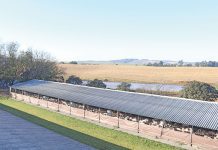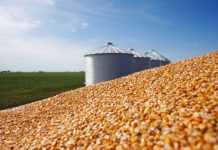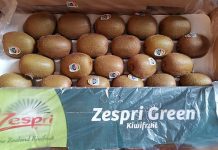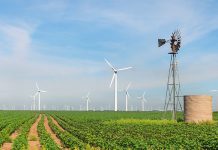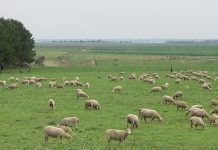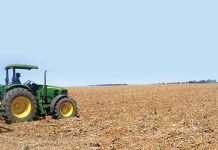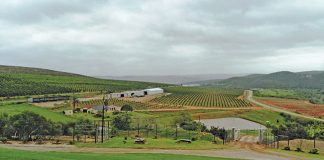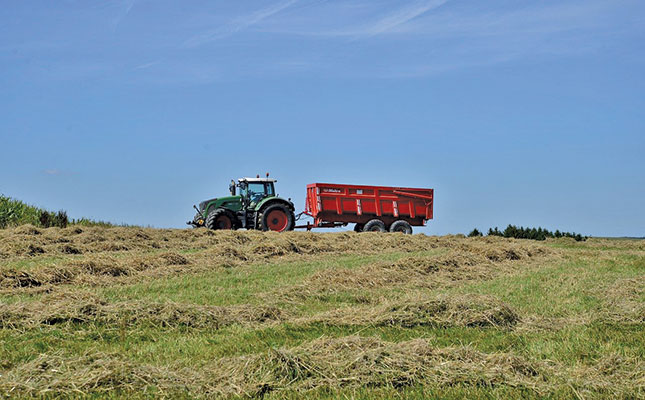The area of land available for farming should be measured because farmers need to know its size for budgeting and cash-flow needs. Farmers need to work out inputs like ploughing/tilling, how much seed or seedlings to buy, fertiliser and chemical requirements, labour days for weeding and harvesting, irrigation and tool requirements, expected yields, and how much packaging will be needed for marketing. Many commercial farms are mapped using satellite mapping systems, but smaller farmers can’t do this. They have to work this one out using the resources at hand.
The most basic technique is to measure a hectare, since most inputs and yields are reported per hectare. A hectare is a square measuring 100m on each of the four sides. This can be worked out by pacing out 100 steps, of 1m each. When you reach 100, turn left and count another 100 steps, then turn left again, repeating until you have walked out a square. It’s a good idea to use string and pegs to mark out the square as you go, so you can be sure your sides are uniform.
Many farmers need to borrow money from a bank or cooperative to plant crops. A financial institution will ask how many hectares will be planted. Knowledge of available hectares for grazing is also needed to work out how much livestock you can keep without over-grazing the land, which causes erosion, destroys grasses and ultimately leads to an unproductive farming unit. The tables included will help you work out how much seed or how many seedlings you need per hectare.

